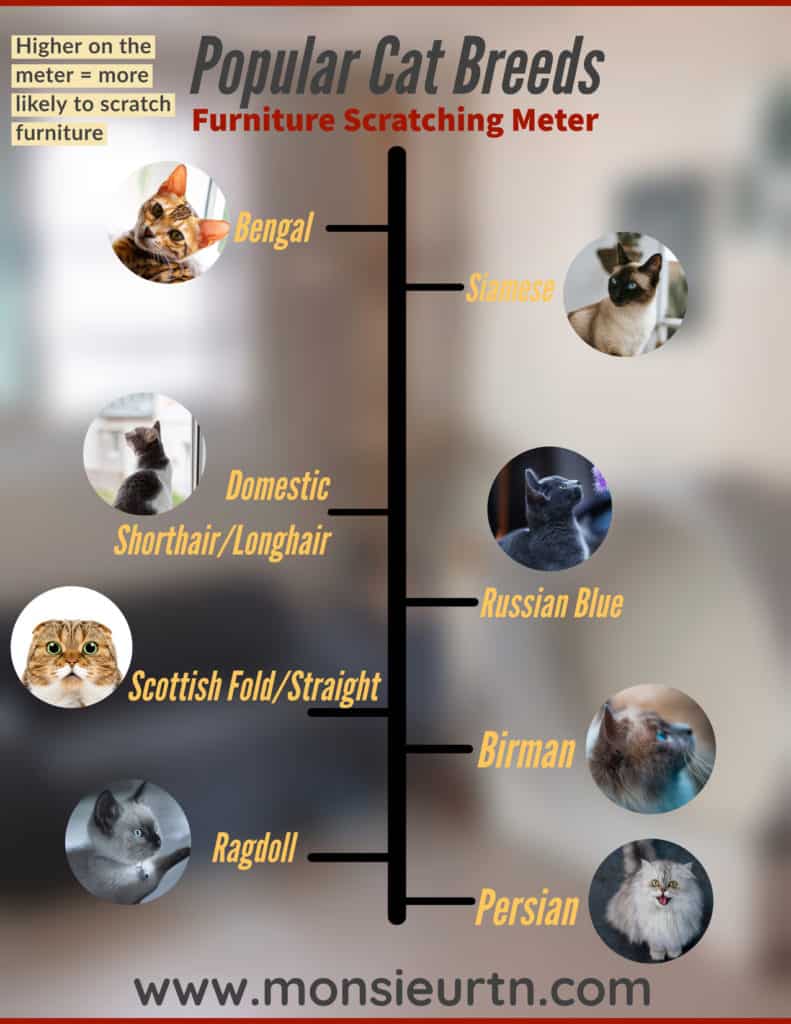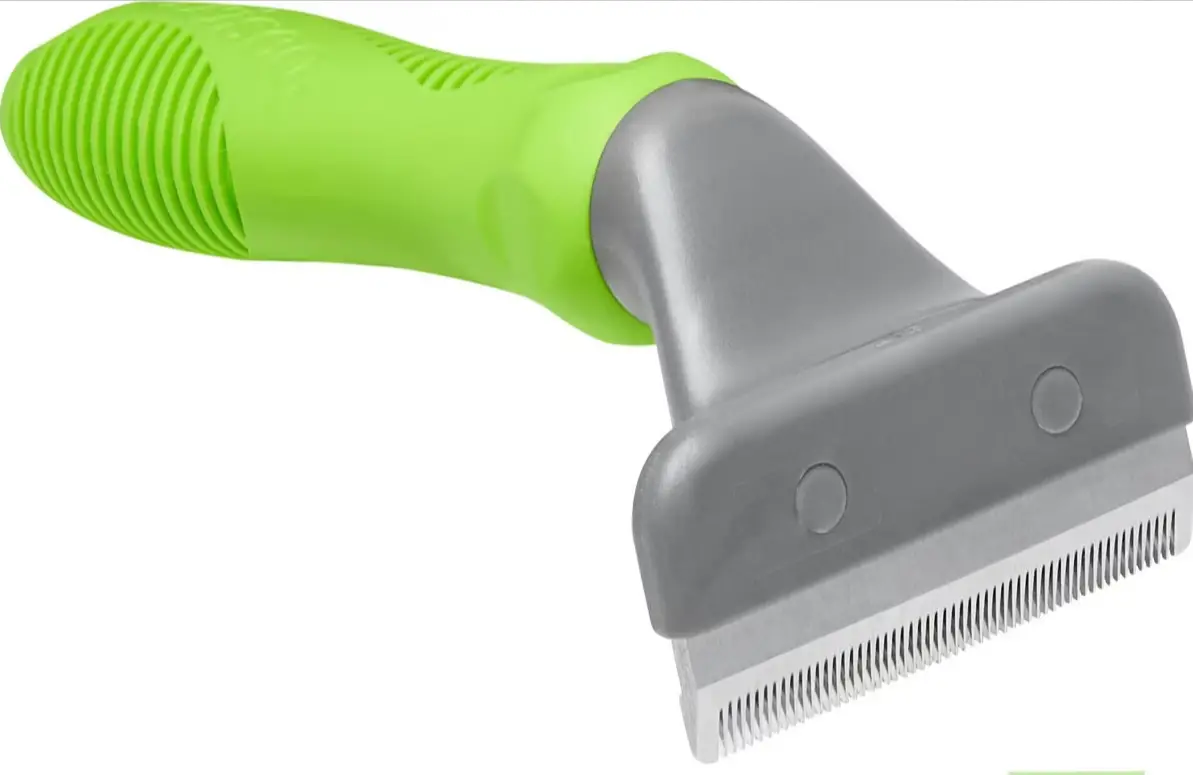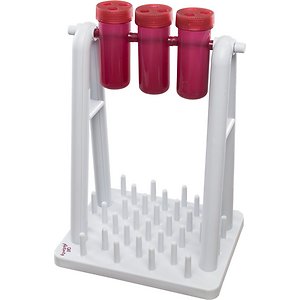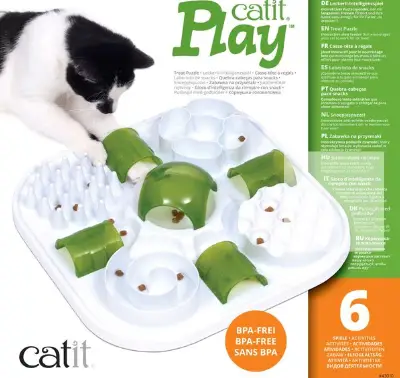The Persian cat is a long-haired breed with a lot of history and frankly a lot of fans all across the world. This long-haired breed is often lauded for its quiet and sweet nature. Their long, fluffy fur coats are nothing to scoff at either – they can make even the most hardened person squeal with joy.

In 2020, they were ranked as the fourth most popular cat breed in the world by the Cat Fanciers’ Association. Not without reason, everywhere I look, there seems to be some interest in the Persian cat. While I’m a small sample size, almost 50% of my apartment living cat friends is the owner of a Persian cat or some variant of the Persian breed.
So as more people are living in apartments, are Persian cats a good fit for apartment living? They’re really ideal for apartment living because they’re quiet and relaxed cats that don’t really many extreme behavioral traits that might develop into negative habits. They’re really just lovable companions to have in a smaller type of living area such as apartments or studio apartments.
Persians are quite similar to Scottish Fold/Straight cats in behavior, which are also a great companion in an apartment.
The only thing that might be high maintenance about them Persian cats is that their long luxurious coat has to be managed and groomed fairly regularly to keep it looking healthy and beautiful.
Persian Cat Apartment Guide
This article is meant as a reference point for this breed. Their breed lets us predict their behaviors but in the end, based on the cat’s environment or the way they were socialized, the cats might have some different traits or characteristics.

This apartment living guide can be adapted to Persian cat variants such as:
- Himalayan – Siamese bred with the Persian to create a body type of a Persian but the color of the Siamese.
- Exotic Shorthair – Persian/American Shorthair cross. Sometimes called “the lazy man’s Persian” since their short hair is easier to manage but retains the temperament of the Persian.
- Toy & Teacup Persians – A number of breeders have the goal of creating Persians of very small statures. Controversial and not recognized by major registries.
How Much Space Does a Persian Cat Need?
In general, a Persian cat doesn’t need much space but small spaces tend to get quite messy with a Persian cat around due to the amount of hair that might be around if the owner isn’t on top of the grooming him/her. Hair and dander might get into corners and places that are difficult to clean.
A Persian cat will likely be fine in an apartment of at least 20 square meters. In fact, probably most Persian owners will note that Persians will be lounging more than they are moving around. Therefore they make a perfect lounge and chill companion after a long day’s work.
They, like many cats, love lounging around in the sun – so having a lot of perches around the window is ideal to keep floor space clear and for them to enjoy the outside scenery. This website is dedicated to living with cats in apartments – check out my tips and tricks on living with cats in an apartment!
Persian Cat Temperaments in Apartments
Everything about a Persian cat is low maintenance and understated. They’re also frankly a little bit sneaky. They’re curious like any cat but also at the same time quite silent. One moment they’re on the bed just chilling and the next you find them beside you just staring into the depths of your soul.
In another word, they’re quite clingy but not attention-demanding cats. At times it’s endearing, and at other times it’s a bit creepy (in an adorable way). Whichever way you cut it, they’re a cat breed that will get along with anybody and other animals quite easily in the apartment. Wherever you are in the apartment, they’re usually going to want to be in the same room.
Because Persian cats are quite placid and chilled in nature – they don’t have any extremes in anything. They’re curious but they don’t really care to move that much. They enjoy interaction but they’re not demanding. Therefore, it’s easier to train them and socialize them at a young age, thus, avoiding many negative behaviors that other cat breeds might have (i.e. The Bengal & Siamese).

Persian cats are also quite tolerant of changes in their environment and the way that they are handled. Very rarely do I see a pissed-off Persian cat. Similar to the Ragdoll they’re fairly docile and passive. This means that they’re more meant for an indoor lifestyle than an outdoor one.
Their tolerance extends to the way they eat too. They’re not picky eaters and will generally try to eat everything, so cat owners will have to be careful with their nutrition to prevent obesity and keep that Persian coat looking healthy.
How to Keep a Persian Cat Happy and Healthy in an Apartment
Being mainly an indoor house or apartment cat, there aren’t many risks associated with their external environment.
However, because of their ridiculously pretty hair – it takes away some awareness of their general body and health conditions. So cat owners will have to conduct their own personal regular inspections of their Persian cats to make sure everything is okay with their cat and if something serious does arise – then a prompt trip to the vet might be necessary for a professional health inspection.
- Obesity from lack of movement and overeating
- Fur mats and hygiene issues if Persians are not properly groomed and managed
- Because some Persians or Persian variant are flat faced – they are at risk of dental disease or eye discharge which can cause pain and discomfort.

To prevent the more common issues of lethargy and inactiveness in Persian cats. A play regimen of simply 15-20 minutes a day with an interactive toy is a good way to start. From my experience, Persian cats rarely play independently (of course there are exceptions) but so to motivate and engage them – interactive toys such as feather or wand toys is always an effective way to get them to move.
As with many relaxed breeds, don’t let them free-feed themselves into obesity. Set a schedule for food. If you’re having troubles related to your Persian being overweight – see my strategies for weight loss in cats!
Apartment Essentials for a Persian Cat
Persian owners have a couple of products that they use religiously and it’s pretty obvious. A good cat hairbrush and something to slow down their eating.
Hair and Shedding Control
 Frisco Deshedding Dog & Cat Brush
Frisco Deshedding Dog & Cat Brush
Some brushes can be a bit too rough for our cats and could overstimulate them causing discomfort. This one is super gentle and is super effective at removing loose furs, mats, and tangles.
Weight Management
Food puzzles are not a novelty. Instead of using a bowl for your cats to eat from, put it in one of these puzzle feeders. It not only extends their eating time but also gives them engagement for every mealtime! Probably the easiest thing to implement to a cat’s eating regimen.
-
 Check Price!
Check Price!This is one of my go-to cat puzzle toys. Great modular design depending on how hard you want to make it for your cats. It's wide and provides great fun during meal times!
We earn a commission if you click this link and make a purchase at no additional cost to you.
-
 Check Price!
Check Price!Cats are clever and inquisitive animals, and this interactive toy is designed with just that in mind, offering a variety of ways to play. Start off by placing some treats inside the beakers, and let your cat master the concept of flipping the beakers upside down to release the treats. Then, take it up a notch by adding the included lids with patterned holes, which makes it more difficult to get the treat out. He’ll love the thrill of the hunt and mental stimulation!
We earn a commission if you click this link and make a purchase at no additional cost to you.
-
 Check Price!
Check Price!A really great activity/puzzle feeder. Large enough to accommodate multiple cats and has a variety of ways that your cats can play/obtain their food or snacks! Great for all types of cats and promotes slow methodical eating.
We earn a commission if you click this link and make a purchase at no additional cost to you.
-
 $25.99Check Price (US) Check Price (Chewy CA)
$25.99Check Price (US) Check Price (Chewy CA)The Catit Play Treat Puzzle is a slow feeder with six fun activities to encourage your cat to work for their food! A great way to prevent binge eating and subsequent vomiting. Place treats or kibble (sold separately) in the different puzzle parts and let the fun begin!
We earn a commission if you click this link and make a purchase at no additional cost to you.
08/05/2025 05:30 am GMT
